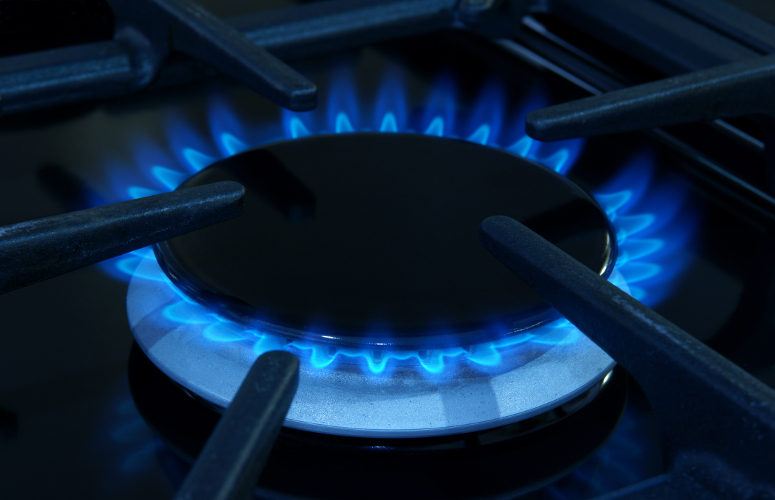
PSE&G Proposes Third Phase of Gas Modernization Program
Proposal includes plans for introducing renewable natural gas and hydrogen into PSE&G’s gas system, supporting a balanced approach to decarbonization
On Mar 1, 2023PSE&G today filed for a three-year, $2.54 billion extension of its Gas System Modernization Program (GSMP) with the New Jersey Board of Public Utilities (NJBPU). The proposal would continue the utility’s work to update its existing infrastructure to improve reliability and reduce greenhouse gas emissions (GHG) by replacing aged pipes with modern ones, and sustaining the thousands of jobs and skilled workforce created under GSMP II with the prospect of creating more jobs.
In keeping with its continued efforts to improve reliability and reduce methane emissions, the program’s replacement of old gas mains is estimated to reduce CO2e emissions by more than 145,000 metric tons. The proposal also would introduce non-fossil alternatives, renewable natural gas (RNG) and hydrogen, into PSE&G’s system.
GSMP III Highlights
A fast and effective way to curb emissions associated with aging natural gas infrastructure is to accelerate the work started in the first two phases of GSMP, notably:
- exclusively focusing on modernizing existing infrastructure, using advanced management and construction processes to replace old, leaky cast iron pipes and unprotected steel mains with upgraded materials;
- maintaining the infrastructure and system through better gas flow control and through upgraded equipment, with the aim of enhancing safety;
- immediate reduction of leaks by installation of new pipes that can also deliver emerging lower-carbon alternatives, including RNG and hydrogen;
- an estimated 310 miles, or 38%, of the low-pressure cast iron upgrades would be in municipalities that have a significant number of overburdened communities;
- enabling higher efficiency appliances; and
- ensuring our customers’ power sources remain affordable and diversified.
Environmental Achievements
Continuing GSMP is essential to achieving PSE&G’s aim of reducing methane emissions by 58% from 2011 levels by 2030, and reflects U.S. EPA best management practices for reducing methane emissions from distribution mains and service lines.
Through the first two phases of its GSMP program, PSE&G already has reduced methane emissions by nearly a quarter of a million metric tons CO2e from its system compared to 2011 levels. PSE&G has about 3,000 miles of the oldest cast iron mains, with an average age of 91 years, in the country – more than any other American gas utility. GSMP III, which is planned to run from 2024 into 2027, expects to modernize about 860 miles of these cast iron pipes and about 200 miles of unprotected steel pipes.
“Investing in our infrastructure to enhance reliability, maintain our safety focus and achieve low carbon goals is a smart strategy and serves both the state’s and our customers’ interests,” said Kim Hanemann, president and chief operating officer, PSE&G. “PSE&G supports a balanced approach to decarbonization while meeting today’s energy demand – an approach that recognizes natural gas as a fuel to maintain affordability and reliability, as we continue to assess options including lower-carbon fuels and electrification. To date, this work has avoided methane emissions that equate to removing 54,000 cars from the road. Continuing GSMP, now with new RNG and hydrogen programs, helps keep us Powering Progress.”
Renewable Natural Gas
A proposed RNG facility would inject processed landfill gas into PSE&G’s gas distribution system. Compared to the natural gas supply chain, RNG is a less carbon-intense fuel. Our project is estimated to reduce GHG by approximately 27,000 to 36,000 metric tons of CO2e per year. The project would significantly improve regional air quality by reducing air pollutants annually, including tons of nitrogen oxide, carbon monoxide and sulfur dioxide. The inclusion of RNG is an important lower-carbon step in the transition to cleaner fuels.
“This innovative project builds on the Middlesex County Utilities Authority’s continued success in reclaiming landfill gas, and could become a model for others working to reduce greenhouse gas emissions,” said John Wiley, Esq., Middlesex County Utilities Authority chairman of the Board of Commissioners. “We are proud to enter into this phase of the project with PSE&G; partnerships like this one are consistent with the State of New Jersey‘s commitment to combat climate change.”
Hydrogen
PSE&G’s plan also includes a 1 MW-rated electrolyzer to supply 2% hydrogen to a part of the gas distribution system for the majority of the year. The electrolyzer would produce approximately 40 lbs/hr of hydrogen. The project would call for a flexible design in anticipation of increased blending in the future. It would reduce an estimated 1,000 metric tons of CO2e annually.
To access more business news, visit NJB News Now.
Related Articles:





